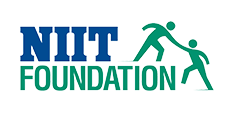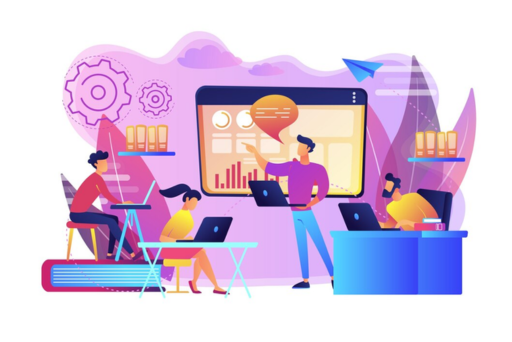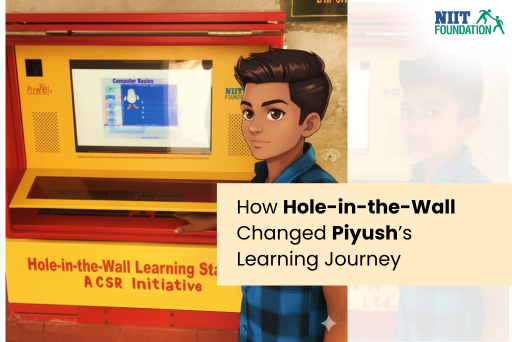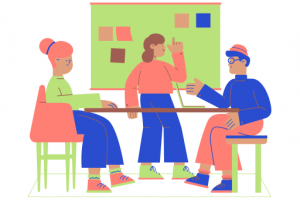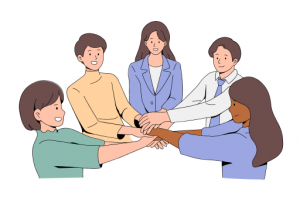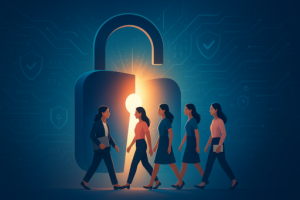Introduction: A Tale of Two Indias
The digital age presents a double-edged sword. While urban centers flourish with advanced technology and internet access, rural communities struggle to bridge the digital divide. This lack of access creates a significant barrier to education, healthcare, and economic progress, further widening the social gap. Luckily, top NGOs (Non-Governmental Organizations) in Delhi are actively working to empower rural India with crucial digital skills.
Today’s urban and rural scenarios in India highlight significant disparities in infrastructure and basic services. While larger cities offer luxurious amenities and numerous job opportunities, rural areas face challenges in overcoming poverty and lacking essential services. This situation underscores the need for balanced development to bridge the gap and promote more equitable growth across the nation.
The Problem: A Stark Urban-Rural Divide and its Ripple Effects
India faces a major challenge in its digitalization journey – the unequal distribution of digital access. NSSO (National Sample Survey Office) data reveals a staggering disparity: only 24% of rural households have internet access, compared to 66% in cities. This lack of infrastructure and awareness in rural areas creates a ripple effect, limiting access to quality education, employment opportunities, and economic growth.
The social distance between the urban and the rural population in India also widens the gender bifurcation. With more education, employment, and access to healthcare facilities, urban women enjoy better prospects than rural women who are locked into traditional roles that offer limited opportunities and poor support; this aggravates gender inequalities and restricts gender mainstreaming across the nation.
The Gender Gap: A Double Disadvantage for Rural Women
Women in rural communities face an additional hurdle – the gender digital divide. NFHS 5 (National Family Health Survey) data shows a concerning trend – men are nearly twice as likely as women to use the internet (49% vs 25%). Social norms and limited access to digital resources further restrict women’s participation in the digital world, hindering their access to education, healthcare, and online employment opportunities.
NIIT Foundation: Bridging the Gap with Innovation
Several top NGOs working in digital skills are making significant strides in bridging the digital divide. NIIT Foundation, a leading example, tackles the challenge head-on with innovative initiatives:
- Nreach Initiative: Empowering Women Through Digital Literacy – This program goes beyond basic computer skills. It equips women with the confidence and knowledge to leverage technology for entrepreneurship, financial inclusion, and accessing government services. The program also provides financial literacy to women. Nreach specifically addresses the gender gap, promoting equality and inclusion in the digital space. It ensures a focus on gender parity in the digital space offering unique programs and tools for women. Through service deliverables such as mentorship, skills training, and networking, it enhances the placement of women in technology career paths making the community diverse and inclusive to represent the technological needs of women.
- NIIT Foundation’s Digital Bus: Mobile Schools on Wheels – These mobile classrooms equipped with computers and trained instructors travel to remote locations, bringing digital education directly to rural communities. The Digital Bus eliminates geographical barriers and provides a dynamic learning environment for all age groups. The various courses provided are digital literacy at the village doorstep, IT education, and Entrepreneurship development program.
- Empowering Women with Financial Literacy: NIIT Foundation’s Impact – NIIT Foundation’s financial literacy workshops transform the lives of women in underserved areas by teaching essential principles like budgeting, saving, investment, and understanding credit. These skills empower women to manage their finances, pursue entrepreneurial ventures, and secure their futures, leading to economic independence and breaking oppressive cycles. The foundation’s process includes village surveys to identify educational needs, counseling sessions to gain familial permission, and enrollment in chosen programs. Financial constraints often hinder participation, but contributions to the foundation can support marginalized women. By equipping women with financial literacy, NIIT Foundation fosters empowerment, enabling women to uplift future generations and contribute to a more equitable society.
The Road to Success: A Collaborative Approach
India’s success in the digital age hinges on a skilled workforce. NIIT Foundation plays a crucial role by promoting digital literacy and upskilling initiatives. However, bridging the digital divide requires collaboration at all levels:
- Developing Inclusive Programs: Governments, NGOs, and local communities need to work together to design programs that cater to diverse needs and learning styles in rural areas.
- Accessible Infrastructure: Ensuring affordable and reliable internet access, along with a robust network of computer centers in rural areas, is essential.
- Empowering Individuals: Equipping individuals with the necessary skills to navigate the digital world confidently fosters long-term digital inclusion.
The Bigger Picture: National NGOs and Diverse Causes
NIIT Foundation is a national NGO with a wide reach. It is focused on eliminating the digital literacy gap through technology solutions for education and training. The vision of the organization is to enhance education for marginalized groups, which will help prepare learners for improved job prospects and competent livelihoods.
By working together, we can close the digital divide and empower all of India to thrive in the digital age.
